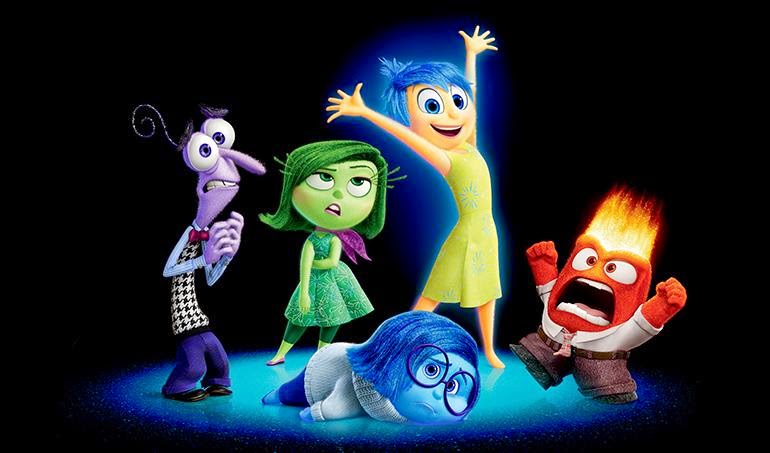On Friday afternoon, our family watched the new Pixar movie, Inside Out. I must ask: Did any other parent cry over Bing Bong or shed a tear when witnessing Riley’s first memory? I did.
Well, I don’t know about you, but I would love to gain access to my kids’ Emotions’ Headquarters. It would make this parenting thing a whole lot easier if we could more readily identify the emotion our children are trying to express and then in turn help them label that feeling and respond appropriately. Plus, it is always helpful to pick up on the visual clues our children give off right before a meltdown. Unfortunately, their heads don’t actually start steaming, like the character Anger. We do know that Joy often sounds like laughter!
Young Children and Emotional Intelligence
While Inside Out is obviously fictional, emotional intelligence DOES begin developing in infancy, just like the character Riley, and includes recognizing and managing feelings, self-awareness, and responding appropriately towards others. In the movie, we saw this whenever a specific emotion (Joy, Sadness, Fear, Anger, and Disgust) took over the controls in Riley’s Emotions’ Headquarters.
As parents or early childhood teachers (or both!), young children often mirror our actions and reactions and the words we say in our best moments—and sometimes our not-so-best moments. They can even mimic our likes and dislikes. Eventually, as they become more self aware, children begin to express their own preferences for things, like wearing pajamas everywhere (Not a bad idea!) or eating ice cream for breakfast (Not a good idea!).
Music classes can support children’s growing self-awareness, which includes identifying feelings, and a parent’s unique role in it. For example, each week in a Kindermusik class, we include activities that not only encourage children’s personal choices but we actually incorporate them into the lesson. By including each child’s favorite way to say “Hello” at the beginning of class or movement idea during the “Monkey Dance,” we place value on each child’s ideas and preferences. In doing so, children learn to not only recognize and share ideas in a meaningful way but also to celebrate the differences of others. Activities like Kindermusik that incorporate children’s ideas help them learn that their thoughts, feelings, and ideas are valued.
Quick Tip for Using Music to Help Kids Navigate Their Emotional Headquarters
Listen to music that expresses different emotions, like joy, sadness, anger, or fear. Dance with children based on the emotion and help children label the emotion. Not only does this activity develop children’s vocabulary; it also helps them to identify—and even to manage—their own emotions.
Find a local Kindermusik class.
Contributed by Lisa Camino Rowell, a freelance writer in the Atlanta area. She freely admits that she cried while watching Inside Out. Her 9-year-old Kindermusik graduate responded with equal emotion: embarrassment.




